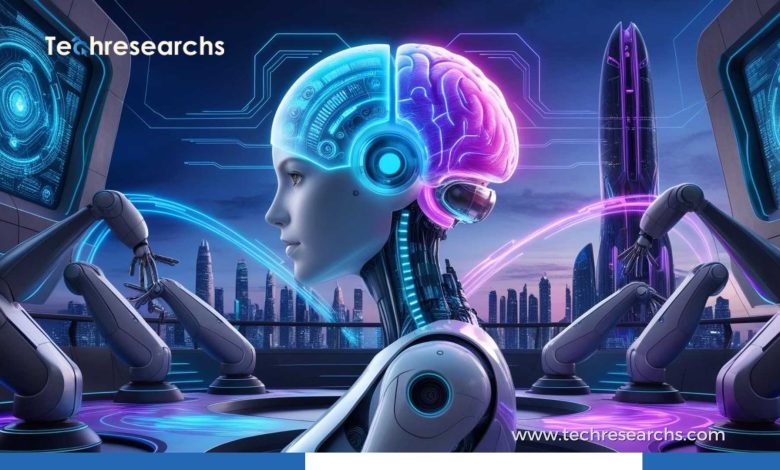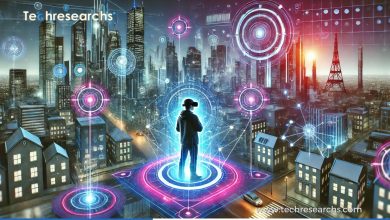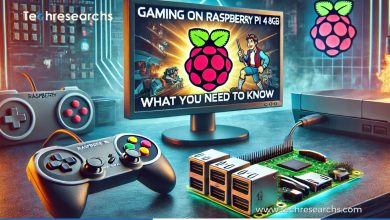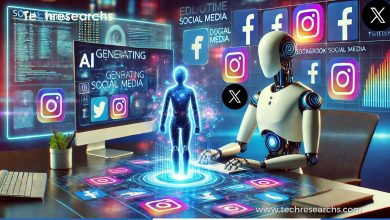The Synergy Between Artificial Intelligence and Robotics: A New Era

Artificial intelligence and robotics are revolutionizing industries worldwide. This powerful combination is redefining automation, enhancing efficiency, and creating new possibilities in various sectors. As AI continues to evolve, robots are becoming more intelligent, adaptable, and capable of performing complex tasks. This article explores the synergy between artificial intelligence and robotics, their applications, benefits, and future potential.
Understanding the Synergy Between Artificial Intelligence and Robotics
Artificial intelligence (AI) empowers robots with decision-making capabilities, enabling them to learn from data and improve performance over time. Robotics provides the physical structure and mechanics to execute AI-driven tasks. When combined, AI and robotics enhance automation across industries, from healthcare to manufacturing and beyond.
How AI Enhances Robotics
- Machine Learning Algorithms: AI enables robots to analyze data and improve task execution.
- Computer Vision: Robots can recognize objects, navigate environments, and perform precise operations.
- Natural Language Processing (NLP): AI-powered robots interact with humans through speech and text.
- Autonomous Decision-Making: AI-driven robots can work independently with minimal human intervention.
Applications of Artificial Intelligence and Robotics
1. AI in Industrial Robotics
Manufacturing relies heavily on AI-powered robotics for automation. Smart robots optimize production lines, reducing errors and increasing efficiency.
2. Healthcare and Medical Robotics
Robots assist in surgeries, diagnostics, and patient care. AI-driven robotic arms perform delicate procedures with high precision.
3. AI in Autonomous Vehicles
Self-driving cars use AI and robotics to navigate roads, detect obstacles, and ensure passenger safety.
4. AI-Powered Robotics in Agriculture
Smart robots monitor crops, automate harvesting, and improve food production efficiency.
5. AI and Robotics in Smart Homes
Home automation systems integrate AI-powered robots for cleaning, security, and personal assistance.
Benefits of Artificial Intelligence and Robotics
| Benefit | Description |
|---|---|
| Increased Productivity | Robots work faster, reducing operational costs. |
| Enhanced Precision | AI ensures accuracy in complex tasks. |
| Safety Improvement | Robots handle dangerous tasks, reducing risks. |
| 24/7 Operation | AI-driven robots work without fatigue. |
| Cost Efficiency | Automation lowers labor costs in various sectors. |
Challenges in AI and Robotics Integration
Despite its potential, integrating artificial intelligence and robotics comes with challenges:
- High Initial Costs: AI-driven robotics require substantial investment.
- Ethical Concerns: AI autonomy raises ethical and security concerns.
- Job Displacement: Automation may replace traditional jobs.
- Complexity in AI Training: Robots need extensive training for real-world adaptability.
Future of Artificial Intelligence and Robotics
The future of AI and robotics promises groundbreaking advancements:
- Human-Robot Collaboration: AI-powered robots will work alongside humans in various fields.
- Enhanced AI Models: AI will improve robotics’ adaptability and decision-making.
- Widespread AI Integration: Robotics will become integral to industries like space exploration, logistics, and healthcare.
FAQs of Artificial Intelligence and Robotics
1. How do artificial intelligence and robotics work together?
AI enables robots to learn, adapt, and make decisions, enhancing automation and efficiency. Robotics provides the physical framework for AI-powered actions.
2. What are the most common applications of AI in robotics?
Common applications include industrial automation, healthcare robotics, autonomous vehicles, and smart home assistants.
3. What are the challenges of AI-powered robotics?
Challenges include high costs, ethical concerns, potential job displacement, and AI training complexities.
4. What is the future of AI and robotics?
The future will see AI-driven robots working alongside humans, improving decision-making, and integrating into various industries.
The combination of artificial intelligence and robotics is reshaping industries and driving automation forward. From healthcare to manufacturing, AI-powered robots are improving efficiency, safety, and precision. Despite challenges, the future holds immense potential for this evolving technology. As AI advances, robots will become even more intelligent, adaptive, and valuable in everyday life.
More TechResearch’s Insights and News
Why Polyfunctional Robots Are the Next Big Thing in Robotics



